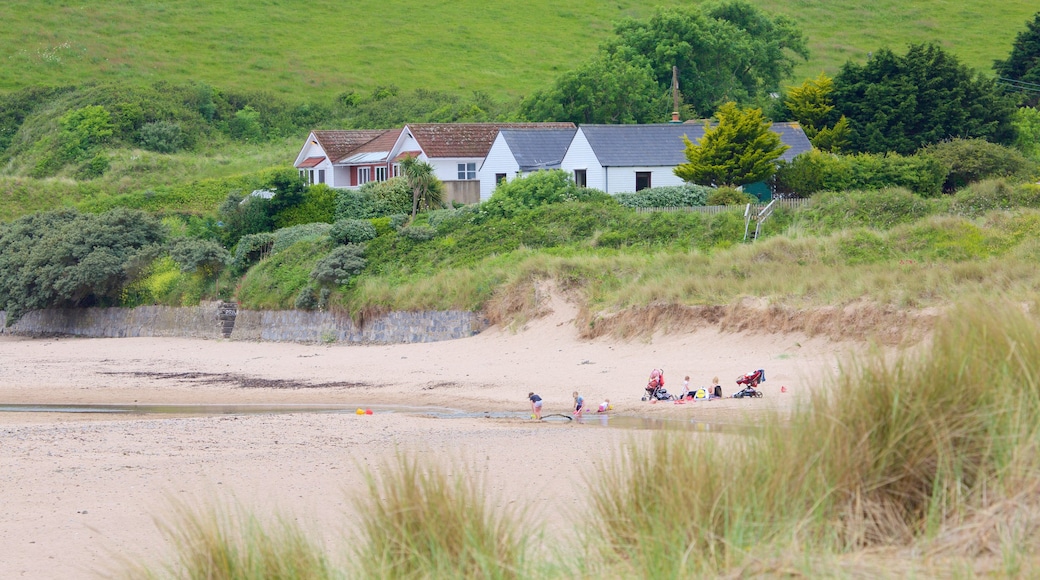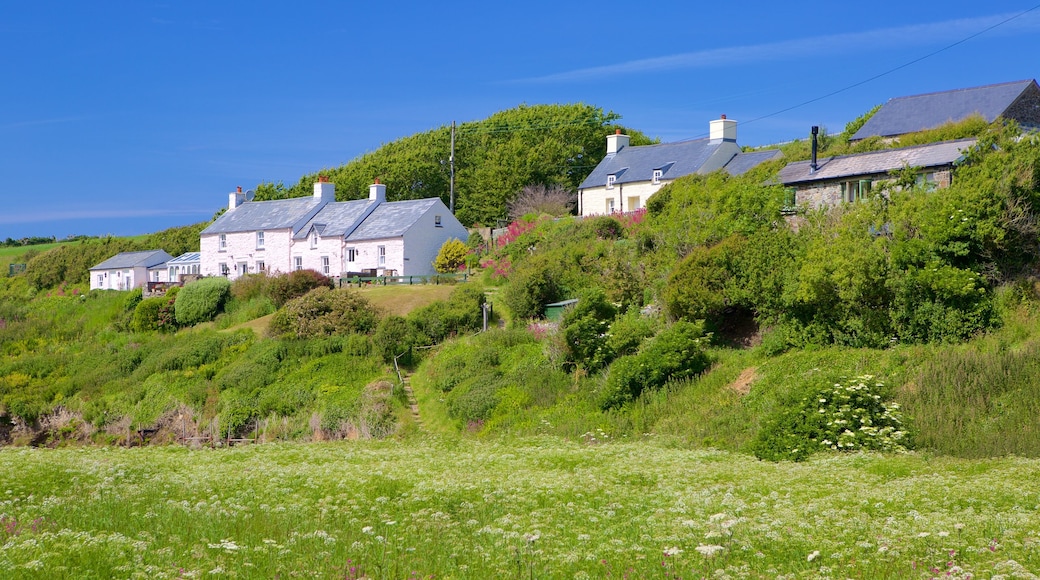Running the length of the beautiful coastline of south-west Wales, the Pembrokeshire Coast National Park takes in rugged cliffs, craggy offshore islands, fabulous beaches, pretty moorland hills and an amazingly diverse range of wildlife.
Established in 1952 and covering 240 square miles of spectacular landscape, it is Britain’s only predominantly sea-based national park. Dolphins, porpoises, whales and seals are a common sight in the crystal blue coastal waters, while the cliffs and islands are home to vitally important breeding populations of sea birds.
It is hugely popular with birdwatchers and fans of surfing, sea kayaking and rock climbing while hikers are also well catered for courtesy of the Pembrokeshire Coast Path.
It stretches 186 miles from Amroth, just east of Tenby, to St. Dogmael’s, near Cardigan, in the north. Most of the route clings to the cliff tops, offering some of the most spectacular views in Wales, particularly around St Bride’s Bay, St David’s Head and the Marloes Peninsula.
There are plenty of attractions to explore, including the impressive 12th Century cathedral at St. David’s, Britain’s smallest city and, as the birth place of its patron saint, the holiest site in Wales.
Pembroke is home to a huge castle, the oldest in west Wales and birthplace of Henry VII, the first Tudor king, and there are numerous towns and villages worth exploring – check out the former fishing harbour of Fishguard, the culinary hotspot of Newport, upmarket Little Haven and Newgale, which boasts a beach stretching for two and a half miles.





